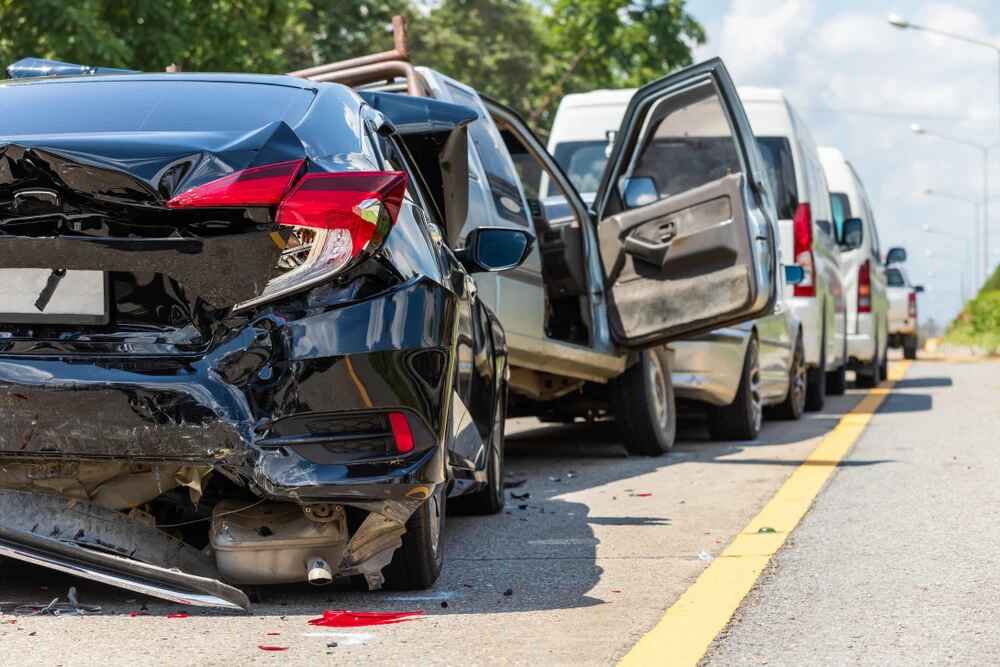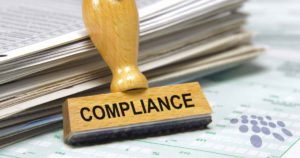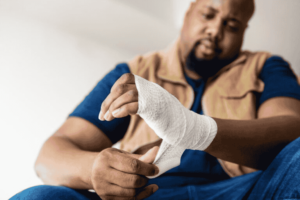Multi-vehicle accidents, also known as chain-reaction crashes or pileups, are among the most chaotic and complex types of traffic collisions. They often happen on highways, in heavy traffic, or during poor weather conditions, and they can involve three, ten, or even dozens of vehicles. Determining liability in these accidents is rarely straightforward; yet, understanding who may be responsible is critical for resolving insurance claims, repairing damages, and addressing potential personal injury issues with the assistance of a lawyer.
What Is a Multi-Vehicle Pileup?
A multi-vehicle pileup occurs when one collision triggers a series of subsequent crashes involving several vehicles. These incidents are often sudden and can involve a wide range of vehicles, including cars, trucks, motorcycles, and even commercial vehicles. Pileups can cause significant property damage, serious injuries, and, in some cases, fatalities.
Common contributing factors include:
- Weather conditions: Rain, snow, ice, fog, and other adverse conditions reduce traction and visibility.
- Traffic congestion: Heavy traffic can make sudden braking or evasive maneuvers more dangerous.
- Speeding or reckless driving: Drivers traveling too fast for conditions or engaging in aggressive driving increase the risk of chain-reaction crashes.
- Distracted driving: Texting, phone use, or other distractions reduce reaction times, making pileups more likely.
- Mechanical failure: Brake failure or tire blowouts can initiate collisions that involve multiple vehicles.
Because multiple parties and factors are involved, assigning fault in a pileup can be complex.
Factors That Determine Liability
Determining who is liable in a multi-vehicle pileup involves a careful analysis of the events leading to the crash. Some key factors include:
1. Sequence of Events
Liability often depends on identifying the chain of events. Investigators look at which vehicle caused the initial collision and how each subsequent collision occurred. For example, if one driver rear-ends another vehicle, causing a chain reaction, the driver who caused the first impact is typically held primarily responsible.
2. Negligence
Negligence is a central concept in determining liability. Each driver’s actions are evaluated to see if they failed to exercise reasonable care. Common examples include:
- Following too closely
- Failing to maintain control of the vehicle
- Driving under the influence of drugs or alcohol
- Speeding or ignoring traffic signals
Negligence may also involve other parties, such as municipalities that failed to maintain road conditions or commercial companies whose trucks contributed to the crash.
3. Contributory or Comparative Fault
In some cases, multiple drivers may share responsibility. Legal doctrines like comparative negligence allow for fault to be divided proportionally among drivers. For example, if Driver A caused the initial crash but Driver B was speeding or distracted, both may bear some percentage of liability.
4. Weather and Road Conditions
While drivers are generally expected to adjust for weather and road conditions, extreme or sudden hazards can complicate liability. Investigators may consider whether drivers were exercising reasonable caution given the circumstances.
5. Vehicle Type and Size
The type of vehicles involved can also influence liability. Commercial trucks and large vehicles have different braking distances and handling characteristics, which may affect how responsibility is assigned.
Common Scenarios in Multi-Vehicle Pileups
Rear-End Collisions
Rear-end collisions are the most common cause of pileups. A driver who fails to maintain a safe following distance may strike the vehicle in front, initiating a chain reaction. In these cases, the driver who rear-ended the first vehicle is usually held primarily responsible, though subsequent drivers may also share fault if they failed to stop in time.
Lane Changes and Merges
Accidents during lane changes or merging can involve multiple vehicles. A driver who cuts off another vehicle or changes lanes abruptly without signaling may be deemed negligent, particularly if it causes a collision involving other cars.
Weather-Related Pileups
In snowy or icy conditions, accidents often begin when one vehicle loses control and others cannot stop in time. Liability may depend on whether drivers were exercising reasonable caution for the weather or if road maintenance contributed to hazardous conditions.
Multi-Truck Accidents
Pileups involving commercial trucks are particularly complex. Trucking companies, drivers, and even maintenance personnel may share liability if poor maintenance, overloaded trucks, or driver negligence contributed to the crash.
Steps to Take After a Multi-Vehicle Pileup
Experiencing a pileup can be overwhelming, but taking the right steps immediately afterward can protect your safety, health, and legal interests.
- Ensure Safety First
- Move to a safe area if possible.
- Turn on hazard lights and warn approaching traffic.
- Move to a safe area if possible.
- Call Emergency Services
- Report injuries and request medical attention.
- Law enforcement will document the accident, which is crucial for insurance and liability claims.
- Report injuries and request medical attention.
- Document the Scene
- Take photos or videos of vehicles, damages, skid marks, and the surrounding area.
- Record the names and contact information of witnesses.
- Take photos or videos of vehicles, damages, skid marks, and the surrounding area.
- Exchange Information
- Share insurance and contact information with other drivers.
- Avoid admitting fault or making speculative statements.
- Share insurance and contact information with other drivers.
- Seek Medical Attention
- Even minor injuries should be checked by a medical professional. Adrenaline can mask pain, and some injuries may appear later.
- Even minor injuries should be checked by a medical professional. Adrenaline can mask pain, and some injuries may appear later.
- Notify Your Insurance Company
- Report the accident promptly and provide accurate details.
- Keep copies of all correspondence for your records.
- Report the accident promptly and provide accurate details.
- Consult a Professional
- For complex pileups, it may be wise to consult an attorney or claims adjuster to navigate liability and ensure proper compensation.
- For complex pileups, it may be wise to consult an attorney or claims adjuster to navigate liability and ensure proper compensation.
Why Liability Can Be Complicated
Multi-vehicle pileups are challenging because:
- Multiple parties are involved: Each driver may bear some percentage of fault.
- Insurance policies differ: Policies may have limits, exclusions, or special conditions for chain-reaction accidents.
- Delayed injury claims: Injuries may surface days or weeks later, complicating the claims process.
- Disputed fault: Drivers may have conflicting accounts of what happened, making documentation and evidence critical.
Because of these complexities, it’s often difficult to resolve liability without professional guidance. Proper documentation, careful communication, and understanding state laws on comparative negligence are key to protecting your rights.
Conclusion
Determining liability in a multi-vehicle pileup is rarely simple. While the driver who initiates the crash is often primarily responsible, multiple parties may share fault depending on their actions, the road conditions, and other contributing factors. Adverse weather, commercial vehicles, lane changes, and rear-end collisions all complicate the picture, making careful documentation and prompt reporting essential.
If you are involved in a pileup, prioritize safety, seek medical attention, and gather as much information as possible. Consulting professionals—whether insurance adjusters, medical experts, or attorneys—can help navigate the complex aftermath and ensure that liability is properly assigned. Understanding the principles behind multi-vehicle accidents allows drivers to protect themselves, recover damages appropriately, and take steps to prevent future incidents.
Multi-vehicle pileups are chaotic, but informed actions and awareness of liability principles can make a significant difference in managing the consequences and protecting your legal and financial interests.





Be First to Comment